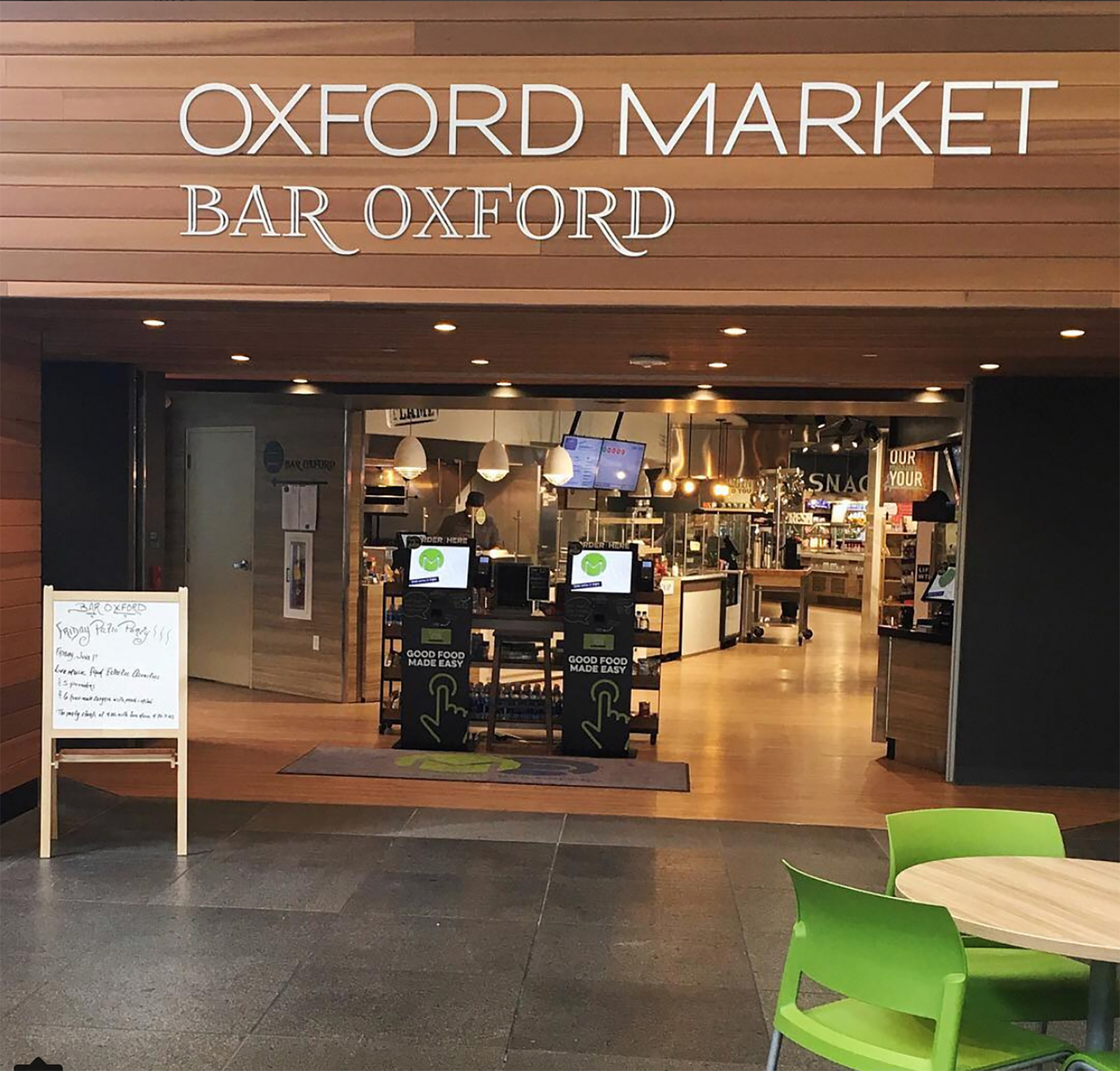Pittsburgh’s history may certainly have been forged in the steel mills, but these days the western Pennsylvania city is drawing national and international attention more for its Iron Chefs, even as it builds a reputation as a popular foodie destination.
Harper’s Bazaar has referred to Pittsburgh as “America’s most underrated city” and ranked it fourth on a list of 17 world places for travel in 2017. The magazine also cited Pittsburgh’s arts-and-culture scene (the city is Andy Warhol’s birthplace) and a growing number of trendy eateries as top reasons for a visit.
“Our food-and-beverage scene has exploded over the past 10 years,” said David Glickman, Pittsburgh-based director of retail services for Newmark Knight Frank. The Zagat restaurant guide rated Pittsburgh the best restaurant city in the U.S. in 2015. Downtown Pittsburgh alone has introduced some 60 dining destinations over the past decade, according to the Pittsburgh Downtown Partnership. Among the chains that have opened restaurants in Pittsburgh within the past year, or that have announced plans to do so, are Burgatory, Del Frisco’s Double Eagle Steak House and Fogo de Chão Brazilian Steakhouse. Firebirds Wood Fired Grill opened its first Pittsburgh-area restaurant last year, in Cranberry Township, and the company is interested in opening more units in this metro, according to Jason Cannon, a Pittsburgh-based first vice president at CBRE.
Shorenstein Properties opened a food hall downtown at its One Oxford Centre in February. The Oxford Market Bar Oxford, as the food hall is called, operates on the lower level of the nearly 1 million-square-foot office tower and was part of that property’s multi-million-dollar renovation.

Urbanization and a population boom in the urban core are the spurs to this restaurant expansion. Downtown Pittsburgh is now home to roughly 131,000 workers, 33,000 residents and 27,000 college students, according to the Downtown Pittsburgh Partnership. Even more notable for restaurants and retail tenants is that Pittsburgh’s population of young people keeps growing: Some 40 percent of the downtown population now comprises Millennials, the Downtown Pittsburgh Partnership says.
“Pittsburgh is growing, and it’s a city that is getting younger,” said Glickman. The city’s economy has shifted from those historic roots as a major center of American steel production to a focus on the categories of health care, information technology and education. Such top educational institutions as the University of Pittsburgh and Carnegie Mellon University have been foundational to a thriving tech industry that has drawn the likes of Facebook, Google and Uber, along with many tech startups.
This tech-sector growth, in turn, is behind the boom in youthful workers. “Where Pittsburgh for a long time was a training ground for students who grew up here and went to school here and then would leave, kids are staying here now,” said Cannon. “Young people with great jobs are looking for things to do and ways to spend their money, and that helps the retail world here a lot.”
“The waterfront has been getting a lot more attention over the past decade”
Retail is strong in the urban and the suburban markets alike. “Pittsburgh has never been over-retailed, and we still aren’t, so our fundamentals are very healthy,” said Glickman. There are exceptions, of course. Pittsburgh has seen significant store closures among the Sears and Toys ‘R’ Us chains, and some landlords offered incentives in the interest of helping refill the space, given that fewer retailers are in expansion mode just now, he says. Still, vacancy rates are low, and rents are stable — even rising in certain locations. Marcus & Millichap reports that the average retail vacancy rate for the metro stands at 3.3 percent and that the 2017 rent growth rate was at 3.7 percent. Fitness concepts are a big demand driver, with such tenants as The Bar Method, Club Pilates, Orangetheory Fitness, Planet Fitness and 3Minute Fitness all growing quickly.
“Downtown is really undergoing a third renaissance right now that has been under way for a number of years,” said Glickman. The past several years have seen some $4.6 billion invested in new development downtown, with an additional $3.9 billion now under construction or else having been announced, according to the Downtown Pittsburgh Partnership.
Explore new business opportunities at the PA/NJ/DE Conference & Deal Making.
Register here“The waterfront has been getting a lot more attention over the past decade,” said Cannon. “We have a great Riverlife Task Force that has helped to spur development and redevelopment of key spots along the river.” (The Monongahela and Allegheny rivers meet in Pittsburgh to form the Ohio River.) Activity has focused largely on residential and office development, with retail going in as a comparatively smaller component in general, he says. Most of the new retail development in Pittsburgh has been occurring in smaller in-fill projects. A notable exception is Newbury Market, a phased retail development now under way as part of the $450 million Newbury Village community being built in South Fayette. The master plan features 225 single-family homes and 250 apartment units, plus 1.2 million square feet of office, retail and hotel space. Among the recent additions to the Newbury Market retail portion is the July opening of a 65,000-square-foot Topgolf facility.
This Pittsburgh growth story has been stirring more than just a little investor interest. “Over the last 10 to 15 years,” said Glickman, “we have seen a significant increase in out-of-town investors who are seeing the value and the future of Pittsburgh that we see.”
By Beth Mattson-Teig
Contributor, Commerce + Communities Today